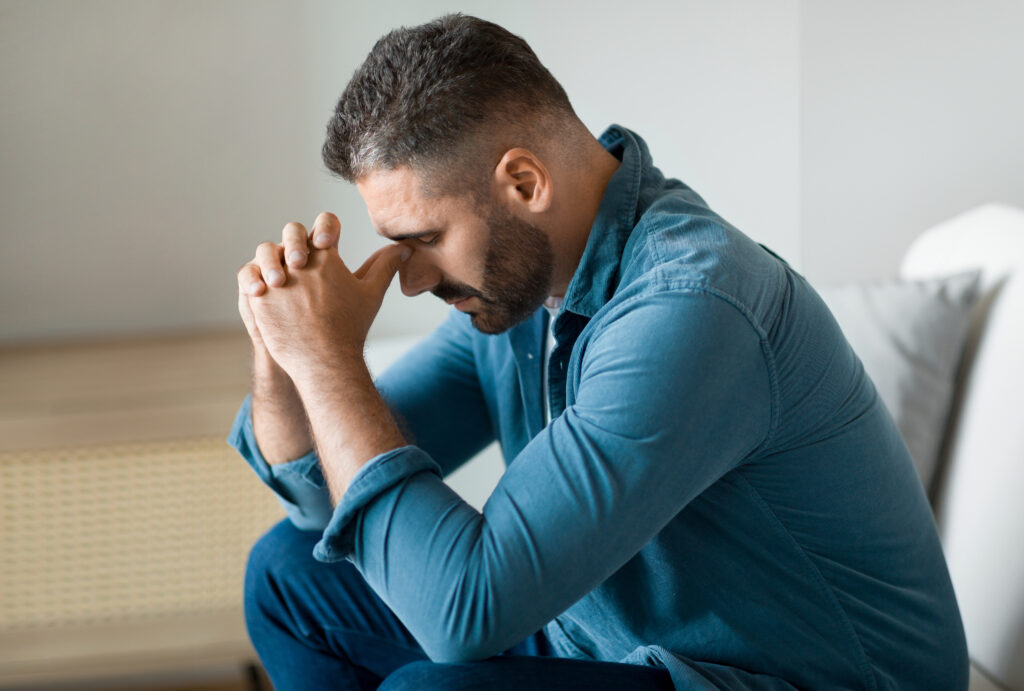Chronic testicle pain can be a frustrating and debilitating condition. Many individuals suffering from it endure months, if not years, of discomfort despite exhaustive testing and consultations with healthcare providers. When infections, injuries, and other common causes are ruled out, the persistent pain can feel like an unsolvable mystery. However, emerging evidence suggests that the culprit may not be a urological issue at all but rather a musculoskeletal one, involving a group of muscles called the pelvic floor. Let’s explore why chronic testicle pain might persist despite no infection and what can be done about it.
The Frustration of Persistent Pain Without Answers
If you’ve been dealing with testicle pain for an extended period, chances are you’ve visited multiple healthcare providers seeking answers. Urologists and other specialists often conduct urine tests, ultrasounds, and other diagnostic procedures, only to find no apparent cause. It’s not uncommon for patients in this situation to try medications such as antibiotics or nerve pain relievers, only to find little or no relief.
This lack of answers can be deeply disheartening. Many patients hope that a tangible diagnosis will emerge so the pain can be treated directly. Unfortunately, when no clear cause is identified, the underlying issue may be overlooked entirely: the pelvic floor.
Understanding the Pelvic Floor and Its Role
The pelvic floor is a group of approximately 14 muscles located deep inside the pelvis. These muscles play a critical role in supporting the bladder, bowel, and sexual organs while facilitating proper coordination among these systems. When functioning properly, the pelvic floor muscles ensure smooth and pain-free operation of these essential bodily functions.
However, when these muscles become dysfunctional, they can wreak havoc. Tightness, spasms, or weakness in the pelvic floor can result in a wide range of symptoms, including chronic testicle pain. Importantly, these issues often remain undetected by traditional medical examinations, as they are not typically associated with infection or structural abnormalities.
Why Medications and General Exercises Fall Short
Many patients attempt to address testicle pain through medications or generalized exercise routines. While these approaches may help in certain cases, they often fail when the underlying problem is muscular dysfunction in the pelvic floor. Here’s why:
- Medications: Antibiotics are effective only against infections, which are not present in cases of pelvic floor dysfunction. Nerve pain medications may provide temporary relief but do not address the root cause.
- General Exercises: Standard stretching routines, core strengthening, or even regular gym workouts are not designed to target the intricate and specific coordination of the pelvic floor muscles. These activities may inadvertently worsen the problem if they increase tension or stress in the affected area.
To effectively resolve chronic testicle pain stemming from pelvic floor dysfunction, a more targeted approach is required.

The Connection Between the Pelvic Floor and Testicle Pain
When pelvic floor muscles become tight or overactive, they can compress surrounding nerves and tissues, leading to referred pain in nearby areas, including the testicles. This referred pain can feel identical to pain caused by infection or injury, which often leads to misdiagnosis or confusion among patients and healthcare providers.
The pelvic floor does not function in isolation. It works in coordination with the spine, abdominal muscles, hip muscles, and more. Dysfunction in the pelvic floor can disrupt this coordination, leading to a cascade of issues that amplify discomfort and make recovery more challenging without proper intervention.
Why the Pain Persists
Chronic testicle pain related to pelvic floor dysfunction persists because the root cause remains untreated. Without addressing the tightness, spasms, or lack of coordination in the pelvic floor, the pain will likely continue despite the absence of any detectable infection or structural abnormalities.
Another factor that can perpetuate the pain is the psychological toll it takes. Chronic pain often leads to stress, anxiety, and muscle tension, which can, in turn, exacerbate pelvic floor dysfunction. This creates a vicious cycle where the pain persists, and the underlying problem worsens.
Effective Treatment for Pelvic Floor-Related Pain
Addressing chronic testicle pain caused by pelvic floor dysfunction requires specialized physical therapy. This type of therapy focuses on the pelvic floor and its intricate relationship with other muscle groups. Here’s what an effective treatment plan might involve:
- Assessment: A thorough evaluation of the pelvic floor muscles to identify areas of tightness, weakness, or lack of coordination.
- Manual Therapy: Hands-on techniques to release tight muscles and improve mobility in the pelvic region.
- Targeted Exercises: Specific exercises designed to restore coordination and strength in the pelvic floor and surrounding muscles. These exercises differ significantly from generalized fitness routines.
- Lifestyle Adjustments: Recommendations to address factors that may contribute to pelvic floor dysfunction, such as posture, stress management, and ergonomic changes.
- Education: Teaching patients about the pelvic floor’s role in their pain and how they can actively participate in their recovery.
With consistent therapy, many patients experience significant improvement and, in some cases, complete resolution of their symptoms.
Preventing Recurrence
While effective treatment can alleviate chronic testicle pain, recurrence is possible if the underlying factors that contributed to the pelvic floor dysfunction are not addressed. Patients are encouraged to adopt strategies to maintain pelvic floor health, such as:
- Practicing stress management techniques to reduce muscle tension.
- Avoiding activities that place undue strain on the pelvic region.
- Staying physically active with exercises that support overall muscle balance and coordination.
Final Thoughts
Chronic testicle pain without an apparent cause can be a deeply frustrating and isolating experience. However, understanding the role of the pelvic floor provides a new avenue for relief. By addressing this often-overlooked source of pain through specialized therapy, many patients have been able to reclaim their quality of life.
If you suspect your pain may be related to pelvic floor dysfunction, consider consulting a pelvic floor physical therapist. With the right approach, long-term relief is possible, and the cycle of chronic pain can finally be broken.
Also Read: Why Pelvic Floor Pain Persists and How to Fix It
About:
I’m Hina Sheth. I have been treating complex orthopedics, sports and pelvic floor physical problems for over 25 years with amazing results. Now I want to bring my knowledge to the global community so I can spread my knowledge to you.
Our bodies are complex systems of 600 muscles and organs intertwined in a fascial system that all work together. Imbalances in this system such as trigger points, visceral and myofascial restrictions can lead to joint, pelvic, and organ issues.
Factors like nutrition, exercise, sleep, and stress play a crucial role. Unfortunately, our current healthcare model does not look at our bodies as a whole and oftentimes compartmentalize musculoskeletal injuries and dysfunctions.
At Rebalance, our goal is to holistically treat this complex system to restore harmony in the body. By addressing these imbalances, we help clients improve their overall health and well-being. Our vision is to empower individuals to create a healthier lifestyle for themselves.






